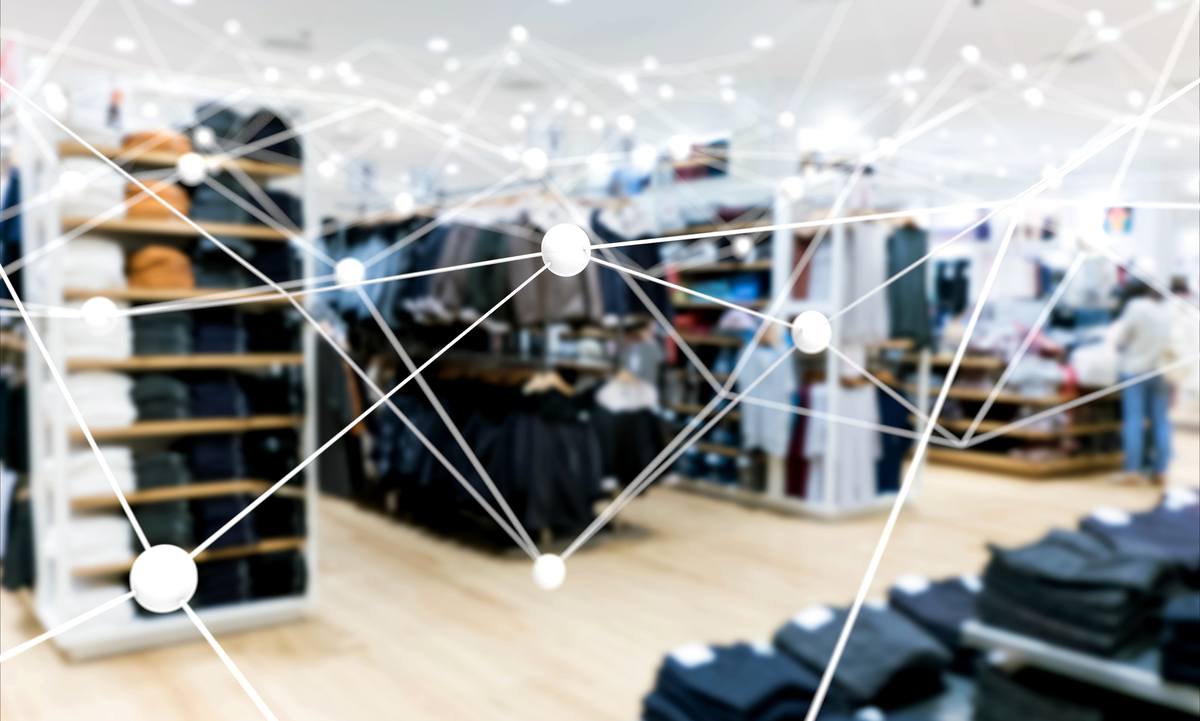This week we saw Walmart, Target and Amazon announce new return policies which would allow customers to keep small items with “relatively low value” even after issuing refunds. According to this recent article in Business Insider, “the policy is applied to a select criteria of products that are unlikely to be resold, where the cost of processing the return is equal to or greater than the cost of the product itself.”
Walmart isn’t disclosing its exact "keep it" threshold, but says the policy is designed to reduce the costs and environmental toll associated with returns as well as to ensure customer satisfaction. But with returns equating to significant costs in this non-sustainable model, including shipping and transportation fees and logistics, warehousing costs and customer-service hours, it’s clear that this move is a means for these retailers to “cut bait” on what could likely be a huge drag on their overall margins.
I have been writing about the logistics, cost and unsustainable issue for over a year in these past Forbes articles:
- Walmart Challenges Amazon on Sustainable Packaging
- Could Shipping War with Walmart Force Amazon to Bid for FedEx?
- Amazon: Past Its Prime
Online returns are expected to reach a record $70.5 billion for the holiday season just completed, a 73-percent increase from the previous five-year holiday average, according to an estimate from CBRE. And Locus Robotics Chief Executive Rick Faulk told the Wall Street Journal. "Returning to a store is significantly cheaper because the retailer can save the freight, which can run 15% to 20% of the cost.”
Reverse logistics are costly. Chances are we'll see more retailers who sell inexpensive items adopting the same approach as a way to cut costs. I’ve seen articles about Chewy, for example, which has been suggesting donating unwanted items shipped to customers for a while.
Worth noting, a Wall Street Journal story on the matter points to AI being used to determine the financial feasibility of processing product returns for the big three, Amazon, Walmart and Target, in their new policies. Which means that data is correctly at the center of decision-making in retail. But once again, the data being crunched may not offer the full picture.
Ok…What I am writing about is NOT BREAKING NEWS or even dare I say, super interesting. So, let me share a provocative point of view (definition: adjective 1. : causing discussion, thought, argument, etc).
As I’ve been watching headlines about returns the last couple weeks, I’ve been reflecting upon the story of Abraham Wald. Wald was a mathematician who founded the field of statistical sequential analysis. He is most famous for reviewing damaged aircraft returning from Germany in the World War 2. Abraham found that planes that were returning (versus being shot down) are much more likely to be damaged by bullets in the fuselage and fuel system rather than the engines. Wald also identified that the data considered only bombers that actually were returning — not those that were shot down in enemy territory. Given his job was to recommend how to best protect aircraft from enemy fire, his recommendation ended up being completely counter intuitive and correct: Instead of armor plating the places that sustained the most damage on the planes that returned, do the inverse, armor plate the areas that were not hit on returning planes – engines, etc. (as the planes who got hit in these areas never made it back)!
What’s this have to do with Retail and Brands?
When we are considering the post-holiday wind-down, and returns in particular, Wald’s story made me think about how retailers similarly may be drawing conclusions based on partial data. Yes, when customers return their items, there is a chance to gather input and feedback as to why they are making the return. But there remains a potentially huge gap in understanding sales: what about the items still sitting on the shelves and in warehouses that didn’t sell?
To fully understand what consumers want, retailers must look at their items from all sides, using intelligence and data gathered from returns, but also gathering insights and Voice of Consumer data into products that remain on the shelves. Further, it’s also critically important to consider price, which truly is what determines profitability, and how best to create an item that won’t end up in the red if consumers return it.
As I’ve mentioned in the past, testing products before they are created and gathering data on style, color, pricing and more is becoming increasingly important as expectations by consumers fracture toward inexpensive items that support new models like Consumer-to-Manufacturer (C2M), and high-priced luxury items and in-store experiences.
Having the right data and insights will give you the solution and deflect revenues and manpower away from returns, as does having a differentiated product which people want. Without this, retailers and brands are inevitably leading everyone to Amazon, Target and Walmart.
As retailers consider returns, it’s imperative that they look at data differently this year. The consumer has changed. Products that are coming back may reflect these changes, as will the products that never left. It’s time to gather and view data in its totality.














